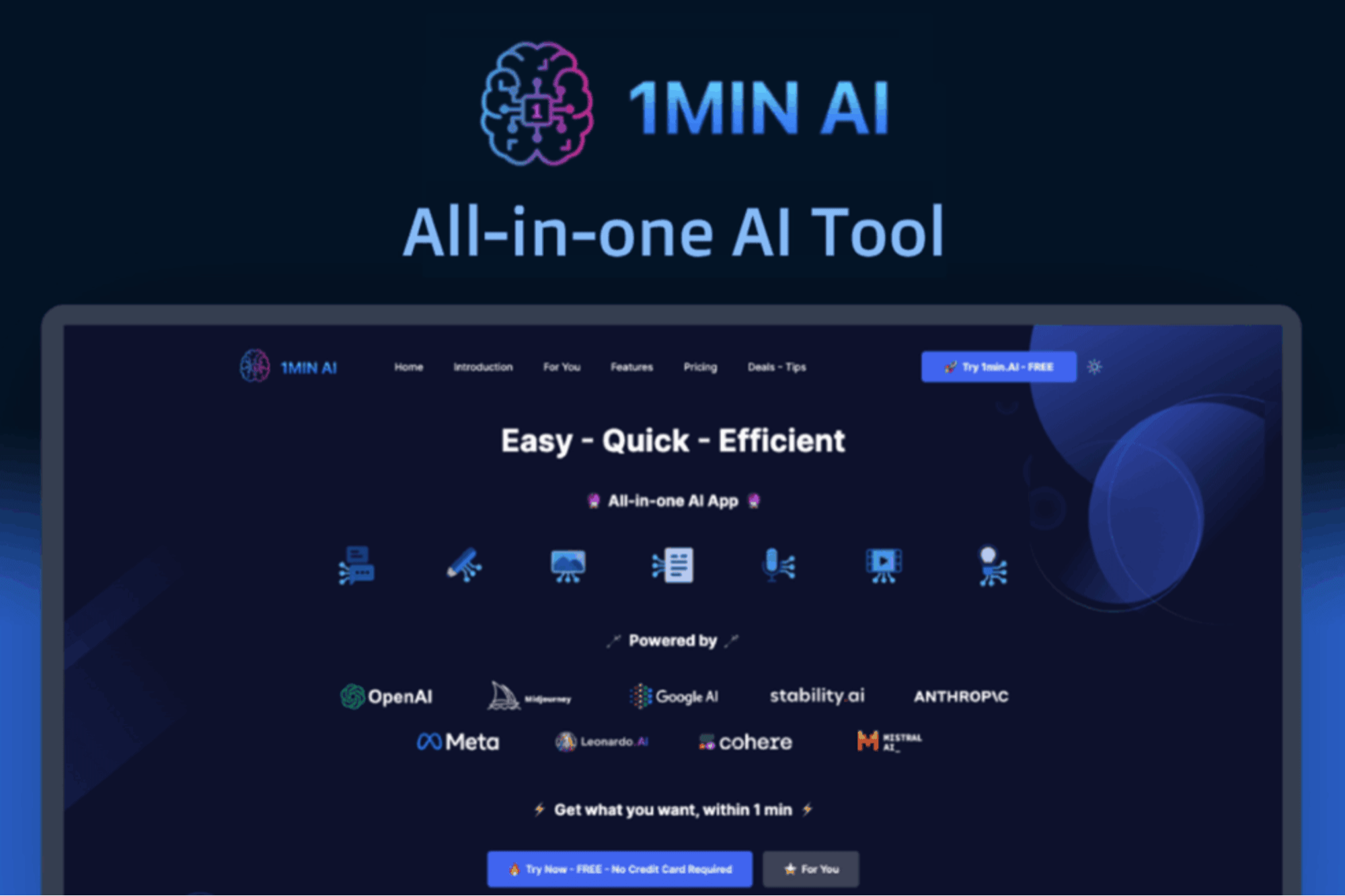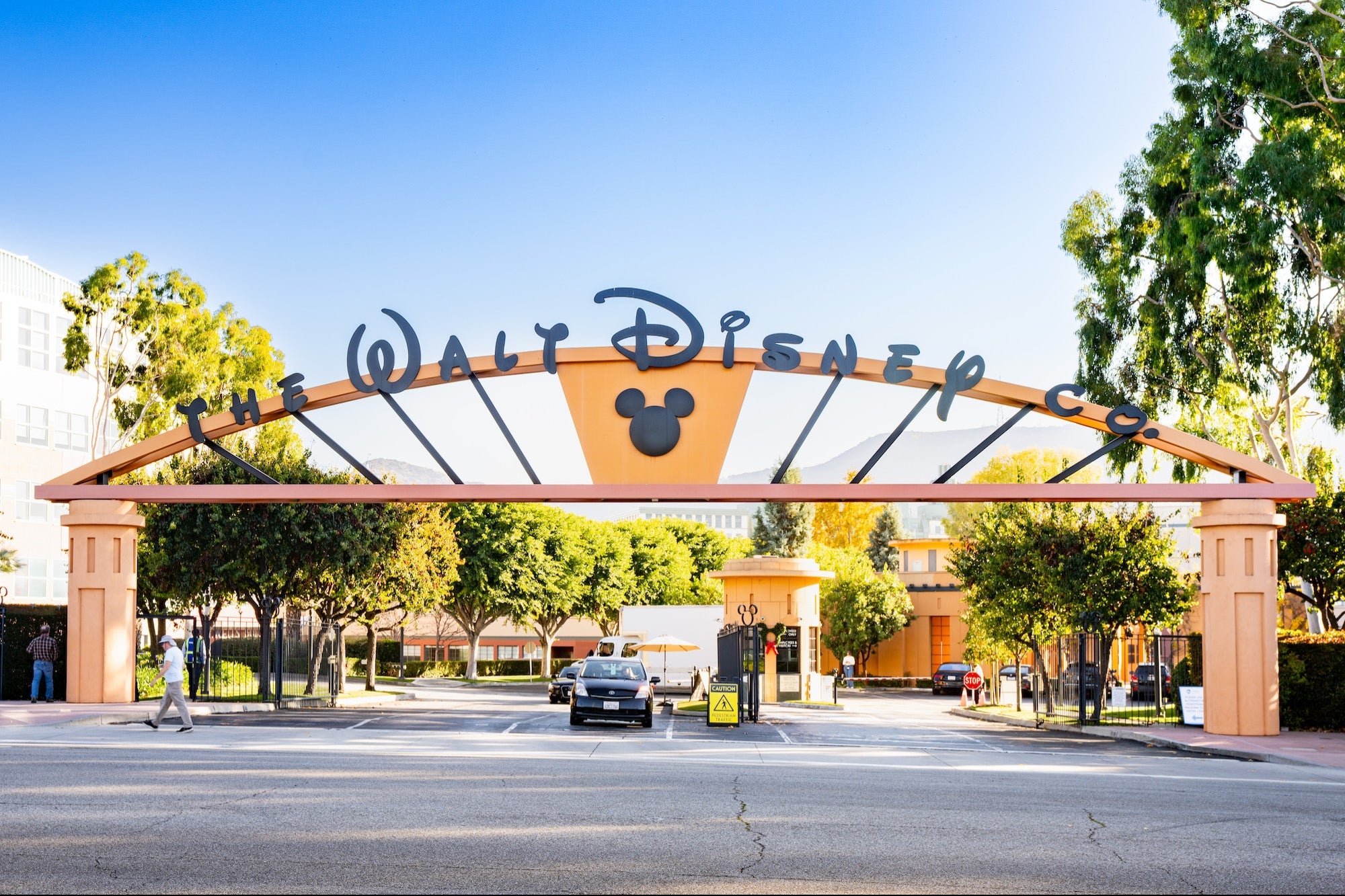Opinions expressed by Entrepreneur contributors are their own.
Ask most entrepreneurs what they want from a PR campaign, and you’ll hear variations of the same answer: “We want to get our name out there.” That’s fair. Visibility matters.
But here’s the problem: Visibility alone doesn’t pay the bills.
I can’t count how many business owners I’ve spoken with who’ve spent tens of thousands on PR, landed coverage in TechCrunch, Fast Company, maybe even Forbes — and still couldn’t attribute a single new customer to that exposure.
They got press. They didn’t get pipeline.
Why does this happen? Because most PR strategies stop at the headline. They chase media hits and assume the benefits will trickle down to sales. But in reality, unless you bridge the gap between awareness and action, even the best press coverage is just a missed opportunity.
If you want your next media win to actually move the needle, here’s how to make that happen.
Related: 10 Ways to Get More Traffic After You Get Media Coverage
Visibility is not the same as trust
Getting mentioned in a major publication can absolutely help your brand, but not if it lives in isolation. In today’s noisy digital world, buyers don’t just act because they’ve heard of you. They act when they trust you.
And trust isn’t built with a single article. It’s built over time, across multiple touchpoints — and especially through signals that show your brand is credible, authoritative and endorsed by others.
What you’re really doing with PR isn’t creating noise; you’re creating trust signals — evidence points that show prospects you’re worth paying attention to.
But here’s the catch: Those trust signals only work if you use them strategically.
Don’t let a great press hit die in a vacuum
Let’s say you get featured in a respected trade publication. That’s fantastic. But if the only place that coverage lives is on that publication’s website — and you don’t integrate it anywhere else — most of your prospects will never see it.
Instead, you need to treat every media win like a high-value asset and activate it across your marketing channels:
-
Website: Add an “As Seen In” section to your homepage or About page. Display logos of publications where you’ve been featured. These third-party endorsements build instant credibility.
-
Sales collateral: Include headlines, quotes or story links in your pitch decks and outreach emails. When a prospect sees your company featured in a known outlet, it’s not just impressive — it’s persuasive.
-
Social media: Share the coverage multiple times across platforms, not just once. Tag the publication, thank the journalist, and encourage employees to reshare. This extends reach and builds momentum.
-
Email campaigns: Use the media coverage as the foundation for a newsletter or a nurture email. Add a CTA like “Read what [Publication] said about us.”
By doing this, you’re turning that one-time event into a multi-touch trust amplifier and increasing the odds that a prospect will move from passive observer to active lead.
Related: How to Make the Most of Your Public Relations
Use press to power your sales team
PR doesn’t just help at the top of the funnel. It can be a huge asset in the middle and bottom of your sales process — especially in long, complex B2B sales cycles where trust and validation often determine the outcome.
Imagine you’re a sales rep trying to close a deal. Which message is more compelling?
“Let me explain why our platform is best.”
vs.
“Here’s a recent article in Industry Weekly that explains how we helped a company like yours improve efficiency by 40%.”
See the difference?
Press coverage gives your sales team third-party validation they can use to reinforce your value, ease skepticism, build urgency and create internal consensus. It’s not just for cold outreach; it’s also a powerful resource for multi-threading deals and arming your internal champions with proof points. When done right, PR becomes one of your most versatile sales enablement tools.
Start measuring what matters
Too many PR programs still rely on vague metrics like “impressions” or “ad value equivalency.” That’s not going to fly with a modern executive team.
If you want to prove PR’s impact, you need to connect it to business outcomes:
-
How many site visits did you get from PR sources?
-
How many of those visitors converted into leads?
-
Did branded search volume increase after your media campaign?
-
Did sales use the content, and did it help close deals faster?
Track the full journey. And if you don’t have the tools in place to do that, invest in them. Because what gets measured gets funded.
Related: A 5-Step Checklist to Maximize Press Coverage for Your Business
If you walk away with one idea, make it this: Your press hit is not the win. It’s the door-opener.
It’s what you do next — how you use that coverage to build trust, generate leads and enable sales — that determines whether PR is a cost center or a growth engine.
You’ve worked hard to get the attention. Don’t let it go to waste.
Ask most entrepreneurs what they want from a PR campaign, and you’ll hear variations of the same answer: “We want to get our name out there.” That’s fair. Visibility matters.
But here’s the problem: Visibility alone doesn’t pay the bills.
I can’t count how many business owners I’ve spoken with who’ve spent tens of thousands on PR, landed coverage in TechCrunch, Fast Company, maybe even Forbes — and still couldn’t attribute a single new customer to that exposure.
The rest of this article is locked.
Join Entrepreneur+ today for access.








